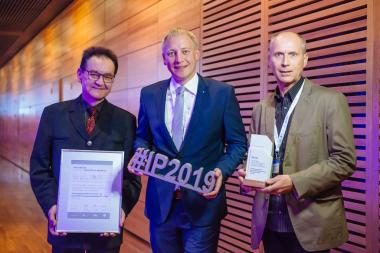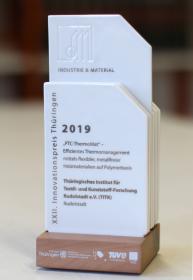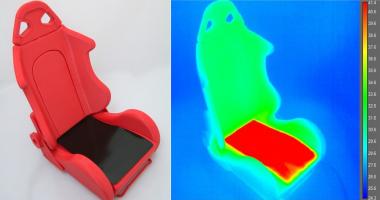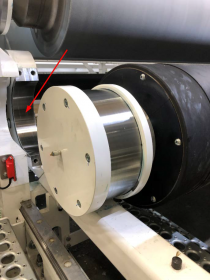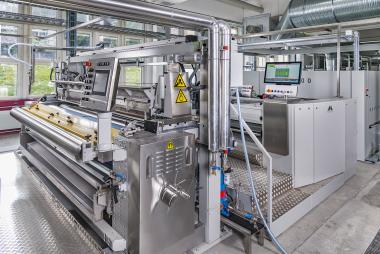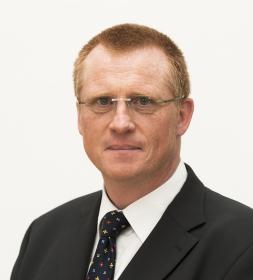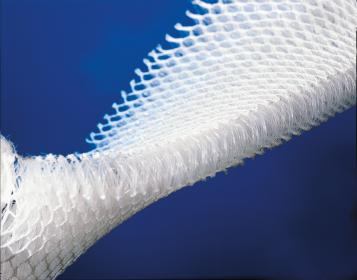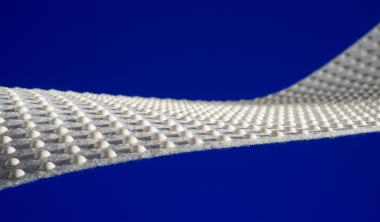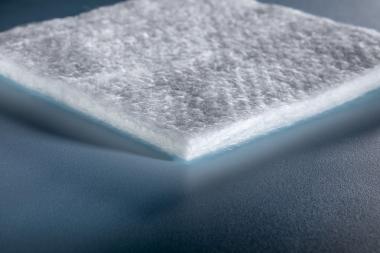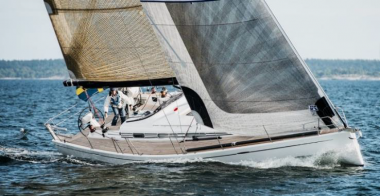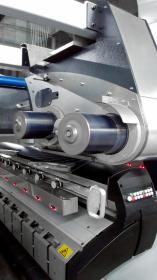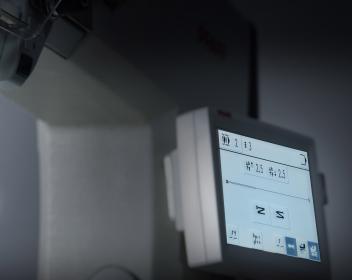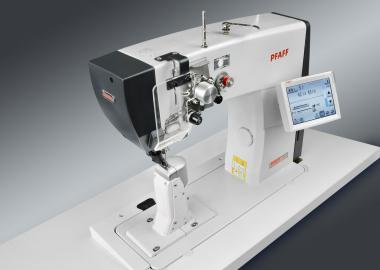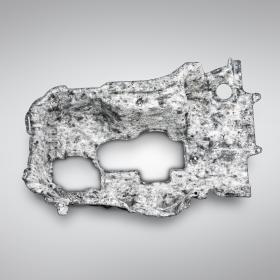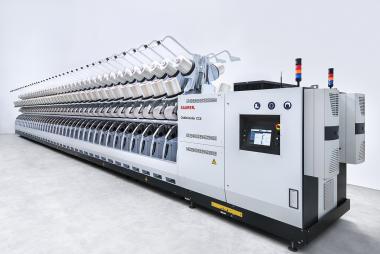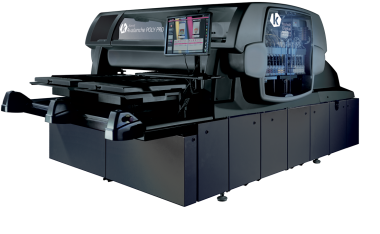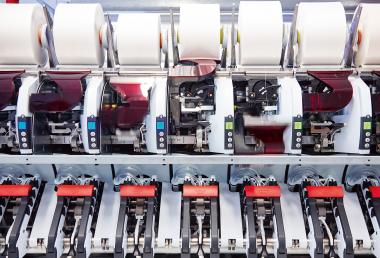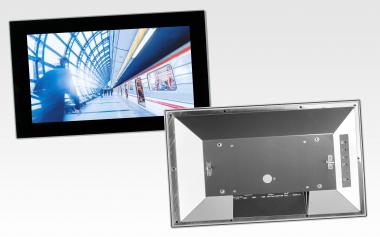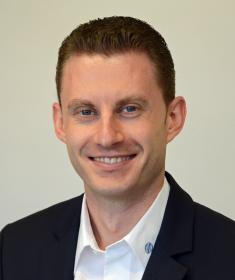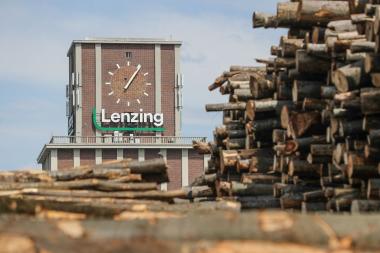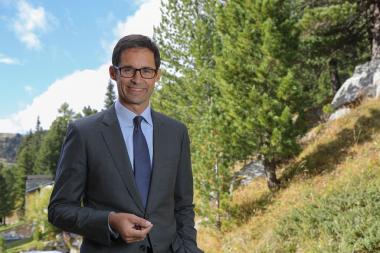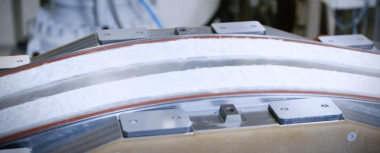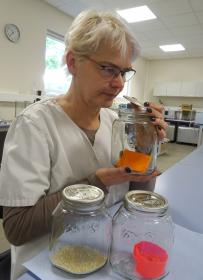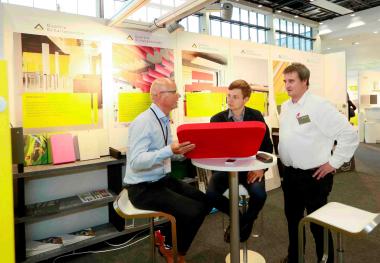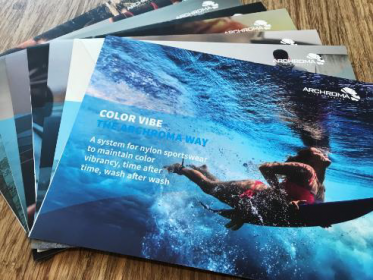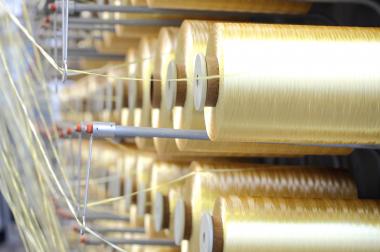TITK gewinnt Thüringer Innovationspreis 2019 für flexible, metallfreie Heizfolie mit PTC-Effekt
In der Kategorie „Industrie & Material“ setzte sich das Thüringische Institut für Textil- und Kunststoff-Forschung Rudolstadt e.V. (TITK) im diesjährigen Wettbewerb gegen zahlreiche Mitkonkurrenten durch. Die flexiblen, metallfreien Heizfolien mit integriertem Überhitzungsschutz überzeugten die Jury unter Vorsitz von Prof. Dr. habil. Ulrich S. Schubert. Institutsdirektor Benjamin Redlingshöfer wertet den am 27. November 2019 in Weimar verliehenen Preis als herausragende Auszeichnung für eine exzellente Leistung in der wirtschaftsnahen Forschung sowie für den erfolgreichen Transfer von Forschungsergebnissen in die Industrie.
Weimar / Rudolstadt – Der Rudolstädter Wettbewerbsbeitrag lautete „PTC-ThermoMat“ – Effizientes Thermomanagement mittels flexibler, metallfreier Heizmaterialien auf Polymerbasis". Die Heizfolien mit dem sogenannten PTC-Effekt waren in diesem Jahr auch auf der Hannover Messe vorgestellt worden. Die Abkürzung PTC steht für „positive temperature coefficient“ und beschreibt die starke Zunahme des Widerstands mit der Temperatur. Getreu diesem Prinzip reduziert die Heizfolie ihre Leistung selbst, sie bringt also ihre eigene Thermosicherung mit. Ganz ohne zusätzliche Steuerungstechnik schützt sie so empfindliche Güter, Personen und Aggregate vor Hitzeschäden.
Das leitfähige Material kommt mit einer geringen Energiezufuhr aus und lässt sich in verschiedensten Dicken herstellen. Es ist flexibel, thermisch verformbar und unempfindlich gegenüber Strukturverletzungen. Verwendung finden kann es nicht nur in Elektrofahrzeugen, wo sich völlig neue Bereiche im Innenraum oder auch im Motorraum effizient erwärmen lassen. Einsatzgebiete eröffnen sich auch in elektrischen Fußboden- und Wandheizungen, Operationstischen, Wasserbetten, Sessel-Liften oder Aquarien.
„Erste Industriepartner haben wir bereits für diese Technologie“, sagt TITK-Direktor Benjamin Redlingshöfer. „Wir würden uns freuen, wenn der Innovationspreis dazu beiträgt, weitere Interessenten auf unsere Innovation aufmerksam zu machen. Möglicherweise können wir gemeinsam noch ganz andere Anwendungsfelder ausloten.“
Der geschäftsführende Direktor zeigt sich stolz auf das gesamte Team der TITK-Gruppe. Er dankt allen Forscherinnen und Forschern für ihr tagtägliches Engagement und gratuliert besonders dem verantwortlichen Team der Abteilung Funktionspolymersysteme mit Abteilungsleiter Prof. Dr. Klaus Heinemann, dem zuständigen Projektleiter Dr. Mario Schrödner sowie Dr. Thomas Welzel, Hannes Schache und Frank Schubert.
TITK-Gruppe


